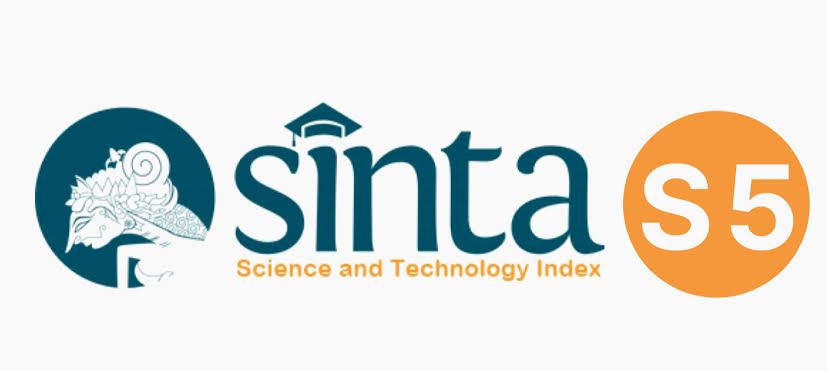Outcome of Subaxial Spinal Cord injury (Early vs Late Decompression surgery)
DOI:
https://doi.org/10.32734/aanhsj.v6i3.19135Keywords:
Cervical Spine Injury, Early Decompression, Late Decompression, Neurological RecoveryAbstract
Introduction: Cervical spine injuries can cause severe neurological deficits, and the timing of decompression surgery is critical for influencing recovery. Early decompression, performed within hours to days, improves outcomes by preventing irreversible spinal cord damage, while delayed decompression may lead to worsened recovery due to prolonged spinal cord compression.
Case Description: Two cases were discussed: Case 1 involved a 22-year-old male with severe spinal cord compression, who showed rapid improvement following immediate decompression surgery. Case 2 involved a 20-year-old male with a C3 vertebra dislocation, who underwent delayed decompression surgery three months after injury, resulting in substantial recovery after rehabilitation.
Discussion: Early decompression surgery, as seen in Case 1, leads to faster recovery by minimizing spinal cord ischemia and preventing further neuronal damage, resulting in significant functional improvement. In contrast, delayed decompression, demonstrated in Case 2, results in slower recovery due to prolonged spinal cord compression, but meaningful improvement is still possible with intensive rehabilitation. The timing of decompression surgery plays a crucial role in recovery outcomes, although patient-specific factors, including injury severity and rehabilitation, also influence the extent of recovery.
Conclusion: Early decompression surgery for subaxial spinal cord injuries generally results in better outcomes, with faster recovery, while late decompression can still provide significant recovery, albeit with a slower trajectory and increased risk of residual deficits.
Downloads
Downloads
Published
How to Cite
Issue
Section
License

This work is licensed under a Creative Commons Attribution-ShareAlike 4.0 International License.
The Authors submitting a manuscript do understand that if the manuscript was accepted for publication, the copyright of the article shall be assigned to AANHS Journal.
The copyright encompasses exclusive rights to reproduce and deliver the article in all forms and media. The reproduction of any part of this journal, its storage in databases and its transmission by any form or media will be allowed only with a written permission from Asian Australasian Neuro and Health Science Journal (AANHSJ).
The Copyright Transfer Form can be downloaded here.
The Copyright form should be signed originally and sent to the Editorial Office in the form of original mail or scanned document.














